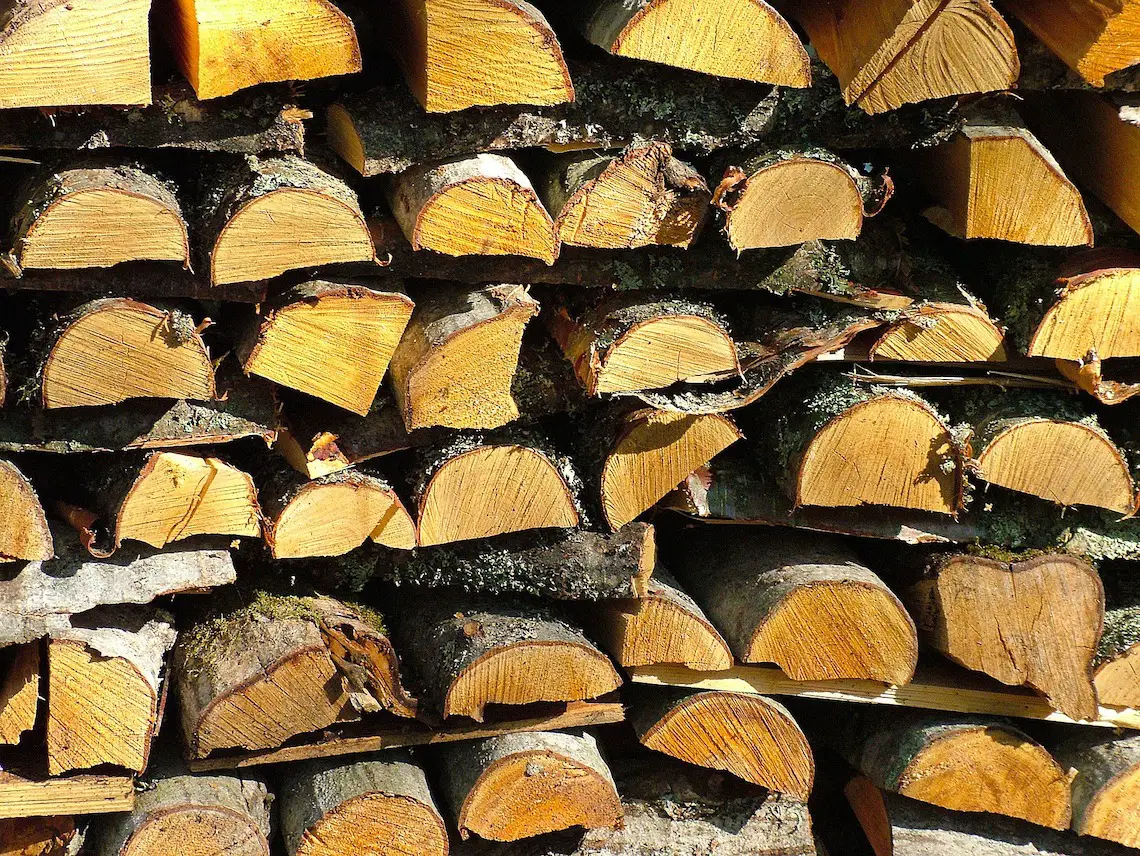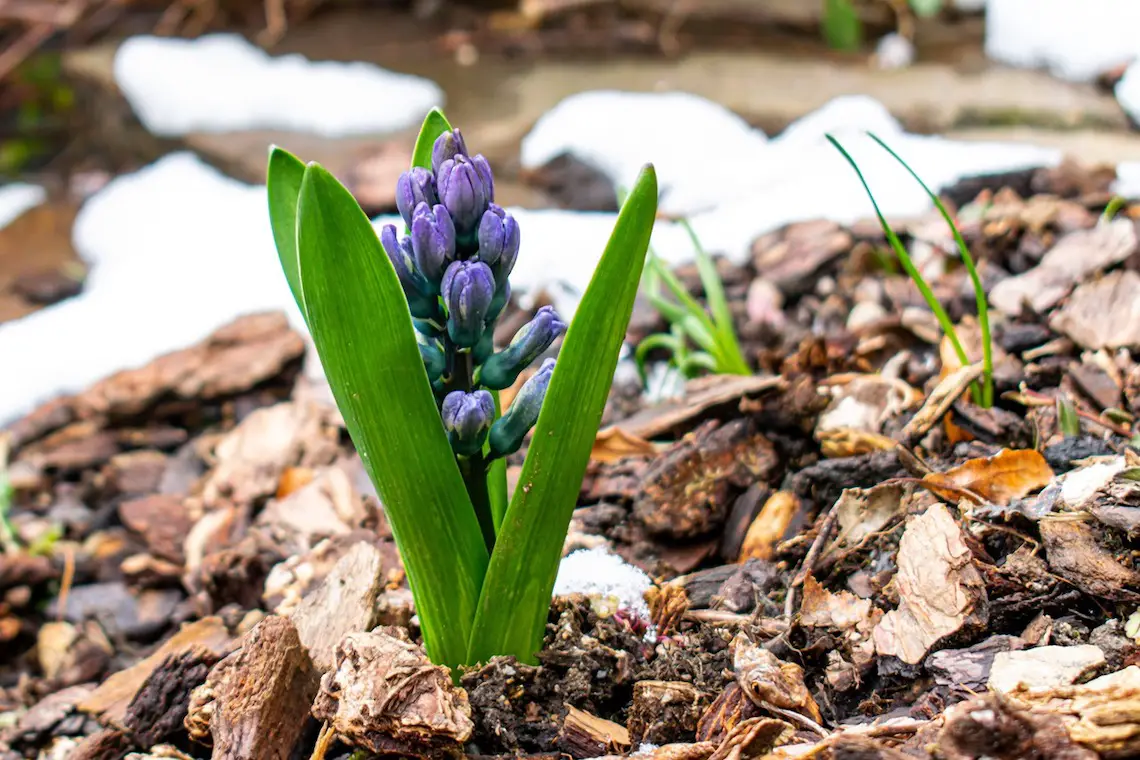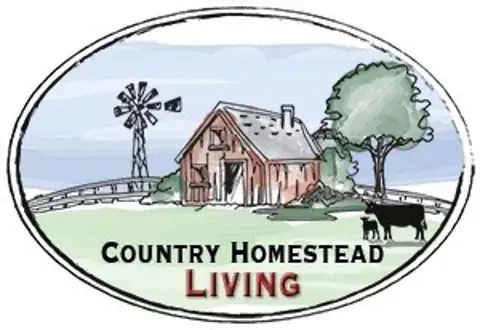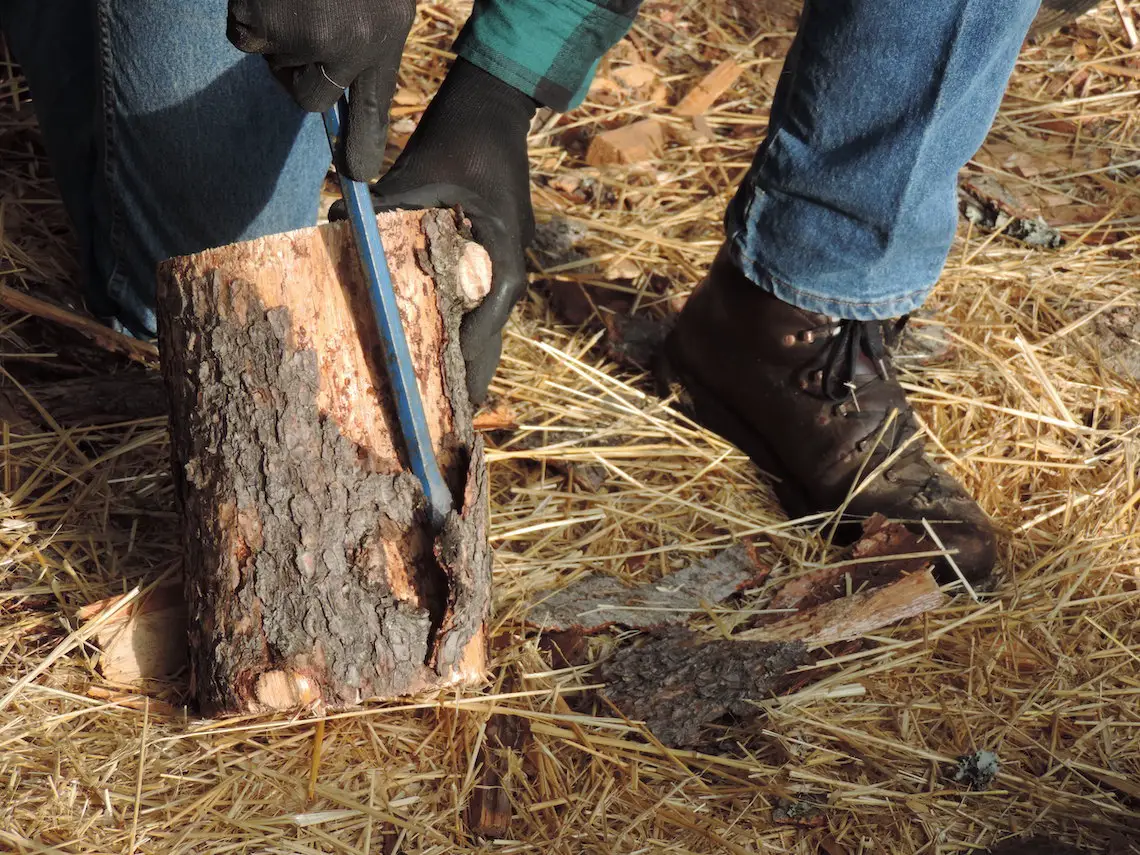When it is practical, removing the bark from firewood can:
- help the wood to season or dry out faster
- reduces the chance of bringing insects into the house with the firewood
- makes it easier to keep the house clean
- helps avoid insect infestation in the firewood
- reduces the chance of the wood starting to rot
However, if you are stacking the firewood to dry in an area where there is no cover over the firewood, leaving the bark on the firewood can protect it from the weather.
The wood will season with the bark left on it, but it can take longer to season properly.
The question of removing or not removing the bark from firewood actually involves more issues than just whether to remove the bark.
Looking at these related issues is helpful in allowing one to arrive at the best answer for their situation.
Does Bark Affect Wood’s Ability To Burn?
If you have a piece of firewood that is covered with bark, it can be more difficult to get it to burn.
Some trees such as Ponderosa Pine and Western Larch have thick bark that protects the tree from overheating and helps the tree survive forest fires.
The bark on a Ponderosa Pine has been described as jigsaw pieces of bark or scales.
During a forest fire these scales peel off and fall to the ground taking the fire with them.
Will Splitting Bark Covered Wood Make It Easier to Burn?
Bark covered wood that is split in half or into smaller pieces makes it easier to catch on fire and burn.
Split firewood not only catches fire and burns faster, it also seasons faster.
Since there is still bark on one surface of the split wood, you can stack it so the bark is facing upward to give some protection from rain or snow if stacked in an uncovered area.

Split firewood also produces more heat because there is less bark and more wood surface to catch fire.
You might be interesting in reading an article I wrote titled, ‘Firewood: Types, Uses, Seasoning, Storing, Cords, Facts’ for more about firewood.
Does Burning Bark Cause Creosote Build-Up In Chimneys?
If the bark is well dried or seasoned burning it should not cause creosote to build up in chimneys.
Creosote buildup is caused by burning unseasoned wood or wood and bark that has a high moisture content.
When the wood and bark is not seasoned, the moisture in the wood and bark can reduce the temperature of the fire and cause a lot of smoke.
When the temperature of the fire is reduced by too much moisture in the wood and in any bark still on the wood this allows creosote to build up in the chimney.
If the wood and bark is seasoned and the fire is a hot fire the inside of the chimney will be hot enough to prevent a major accumulation of creosote.
Creosote accumulation is a major cause of chimney fires.
Burning seasoned wood and wood with bark on it that is seasoned gives a hotter fire and goes a long way in preventing chimney fires.
Is It Worth Removing All Bark From Firewood?
If the bark adheres tightly to the wood removing it can add more work and double the time it takes to cut, split and stack firewood.
If the bark comes off the wood easily, I remove it when splitting and stacking the wood.
If the bark adheres tightly to the wood, I leave it on when splitting and stacking.
I have a covered area where I can stack wood so it is protected from rain and snow while seasoning or waiting to be used.
If you do not have a covered area, stack the wood up off the ground on pallets or blocks and cover the wood to protect it from the elements.
I’ve done this in the past and the wood seasons fine even though it may take longer to season.
How Do I Remove All The Bark From Firewood?
The easiest way to remove all the bark is to use a bark spud.
The Timber Tuff 24″ bark spud (link to read reviews on Amazon) is a great choice for doing this job well.
This is a long skinny tool with a flat blade at one end for prying off the bark.
Remove the bark this way if the wood is already cut to length:
- place the firewood upright
- find a place around the edge where the bark is already loose
- insert the bark spud blade between the bark and the wood
If no loose area, place the blade between the bark and the wood and push the bark spud down between the bark and wood.
- tilt or twist the bark spud to pry the bark from the wood
The bark may come off in a large piece or it may come off in chunks.
Always wear gloves and be ready to steady the piece of firewood with one hand.
To view how to remove the bark before the log is cut to firewood lengths fast forward to 5:46 of this video:
If the wood you are harvesting is standing dead wood the bark should come off fairly easily even without using a bark spud.
Does It Make Sense To Burn The Removed Bark?
If the bark is well seasoned some folks who heat with wood will use it for kindling.
Others will burn the larger pieces mixed in with the firewood.
Since the bark of most trees is less dense than the wood, the amount of heat derived from burning well seasoned bark is significantly less.
The amount of heat derived from burning well seasoned bark is about one third of the heat from the same species of wood.
Burning bark alone can be difficult unless it is mixed with seasoned wood.
Bark burns faster, gives off less heat and leaves more ash than when burning wood from the same species of tree.
To be used as kindling the bark needs to be very dry.
And thin pieces of bark can make better kindling than thick pieces.
Some folks burn wood with bark in the early or late wood burning season.
This is when they need a fire to ward off the morning chill but do not need a fire all day long.
Are There Other Uses For Bark If I Don’t Burn It?
Bark has many uses around the homestead. Some of them include:
- using smaller pieces for landscaping mulch around bushes and flower beds
- using bark as ground cover between garden rows
- spreading bark between raised beds in the garden
- using larger pieces to fill low areas and potholes in the driveway

Bark makes a ground cover that can help keep grass and weeds from growing in places you don’t want them growing.
If you heat with wood, you can end up with a large amount of bark in as little as one year.
Our homestead has a metal roofing system which shelters a tractor, covered trailer and gas powered wood splitter.
This is where I split and stack firewood to season and do several other chores.
Sometimes we even need to cut firewood under this roofing system.
The excess bark makes a good layer on which to park the tractor and covered trailer.
As well as a nice layer of bark underfoot when splitting and stacking wood.
Some people who cut and sell firewood for extra income will remove the bark before selling the firewood.
Customers appreciate buying firewood that is bark free.
And the seller has another product to sell as mulch for landscaping!

